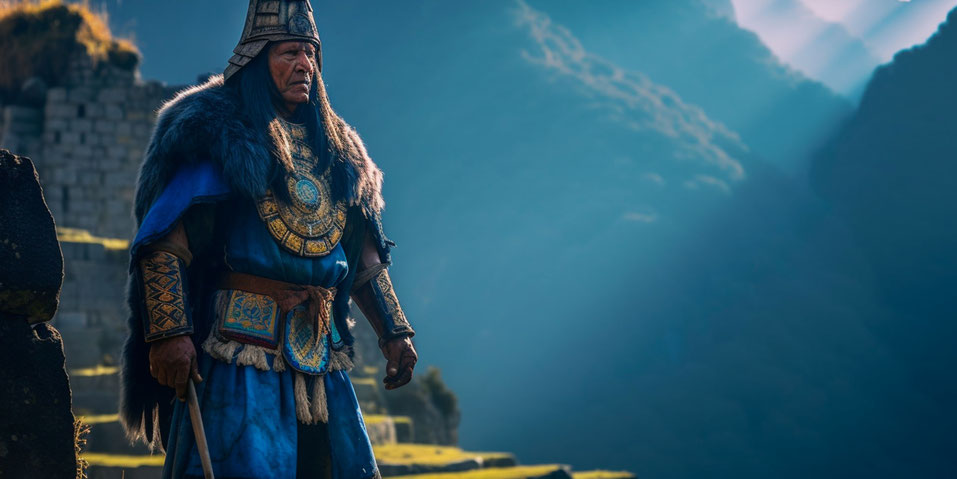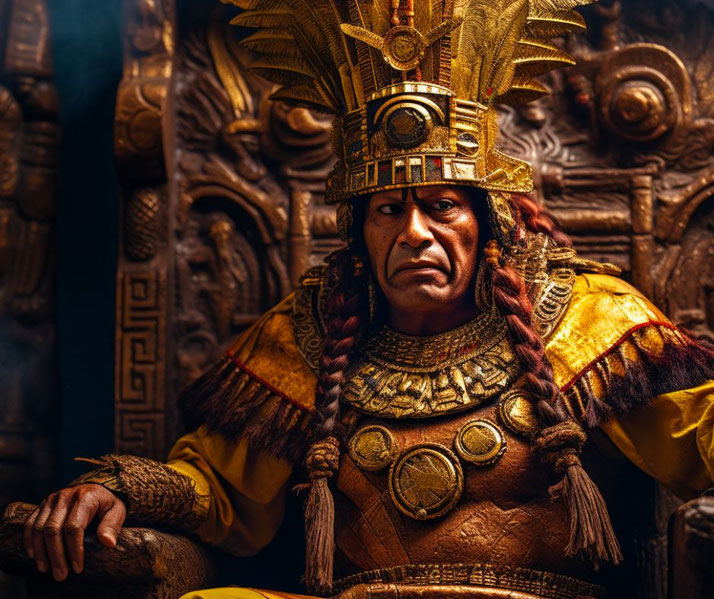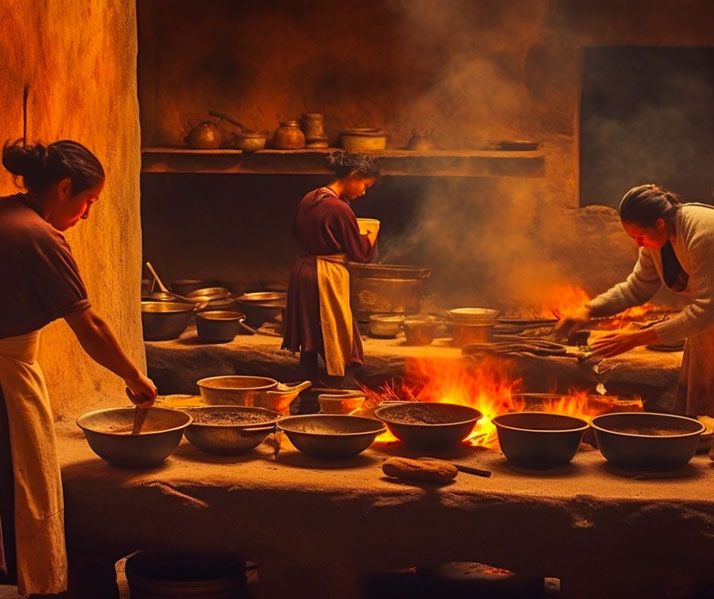What was ancient Inca society like?

The Inca Empire, which flourished in the Andes mountains of South America from the early 13th century to the late 16th century, was one of the most powerful and sophisticated pre-Columbian empires.
At its height, the empire stretched from modern-day Colombia to Chile, making it the largest empire in the Americas before the arrival of Europeans.
One of the reasons for the Inca's success was their organized and hierarchical social structure.
The Sapa Inca and Royalty
At the very top of the Inca social pyramid was the Sapa Inca, the emperor. He was considered a direct descendant of the Sun God, Inti, and thus held a divine status.
The Sapa Inca had absolute power, making all the important decisions for the empire.
Close to him were the royal family members, including his primary wife, the Coya, and other wives, children, and close relatives.
They enjoyed privileges and lived in luxurious palaces with many servants.
The Coya was often the Sapa Inca's sister, as royal intermarriage was practiced to maintain the purity of the royal bloodline.

The Nobility
Just below the royalty were the nobles. The Inca nobility was divided into two main groups: the hereditary nobles (those born into noble families) and the appointed nobles (those who earned their status due to their services to the empire).
These nobles held significant power, often governing large regions, leading armies, or overseeing religious ceremonies.
The hereditary nobles, were often closely related to the Sapa Inca, further reinforcing the importance of lineage in Inca society.
The Ayllu System
The basic unit of Inca society was the ayllu, a group of families who lived and worked together, often related by blood or marriage.
Each ayllu had its own piece of land to farm, and they shared the produce.
The ayllu system was essential for the Incas because it ensured that everyone had enough to eat and that the land was used efficiently.
In addition, the ayllu system played a significant role in social organization, mutual support, and the distribution of resources.
Commoners
The majority of the Inca population were commoners. They were farmers, artisans, weavers, and builders.
While they didn't have the privileges of the nobility or royalty, they were well taken care of by the state.
In return for their labor, they received food, clothing, and shelter. The Incas had a unique labor system called "mita," where every able-bodied individual was required to work for the state for a certain number of days each year.
This could involve farming, building roads, or working on other state projects.
The mita system was a means of integrating diverse ethnic groups into the Inca state and ensuring loyalty to the empire.
The Lower Class and Yanaconas
At the bottom of the social ladder were the servants and the yanaconas.
The yanaconas were workers who served the Sapa Inca and the nobility directly.
They did not belong to any ayllu and were entirely dependent on their masters for their well-being.
Yanaconas include skilled artisans, soldiers, and other specialists who played essential roles in the empire.
As you can now see, the Inca social structure was a well-organized system that allowed the empire to thrive for centuries.
From the divine Sapa Inca to the hardworking commoners, each group had its role in maintaining the stability and prosperity of this remarkable civilization.

What do you need help with?
Download ready-to-use digital learning resources
Copyright © History Skills 2014-2024.
Contact via email
With the exception of links to external sites, some historical sources and extracts from specific publications, all content on this website is copyrighted by History Skills. This content may not be copied, republished or redistributed without written permission from the website creator. Please use the Contact page to obtain relevant permission.





